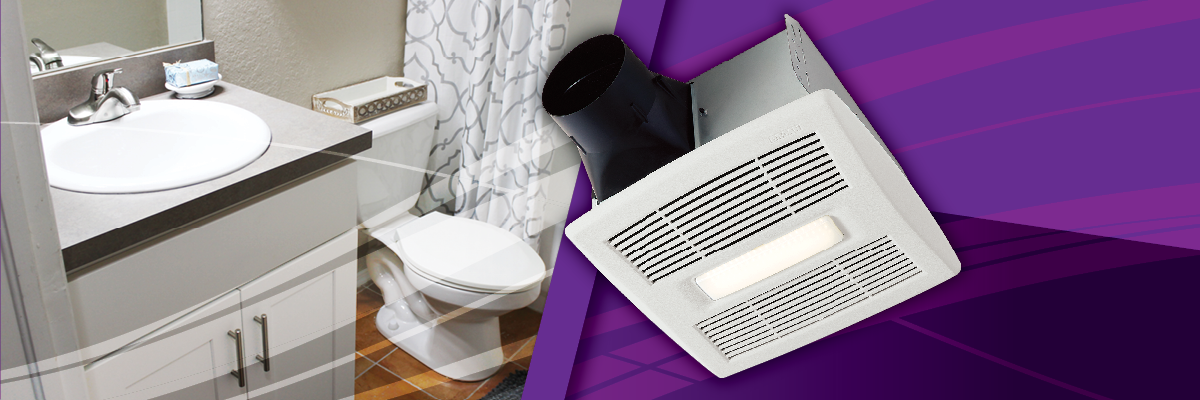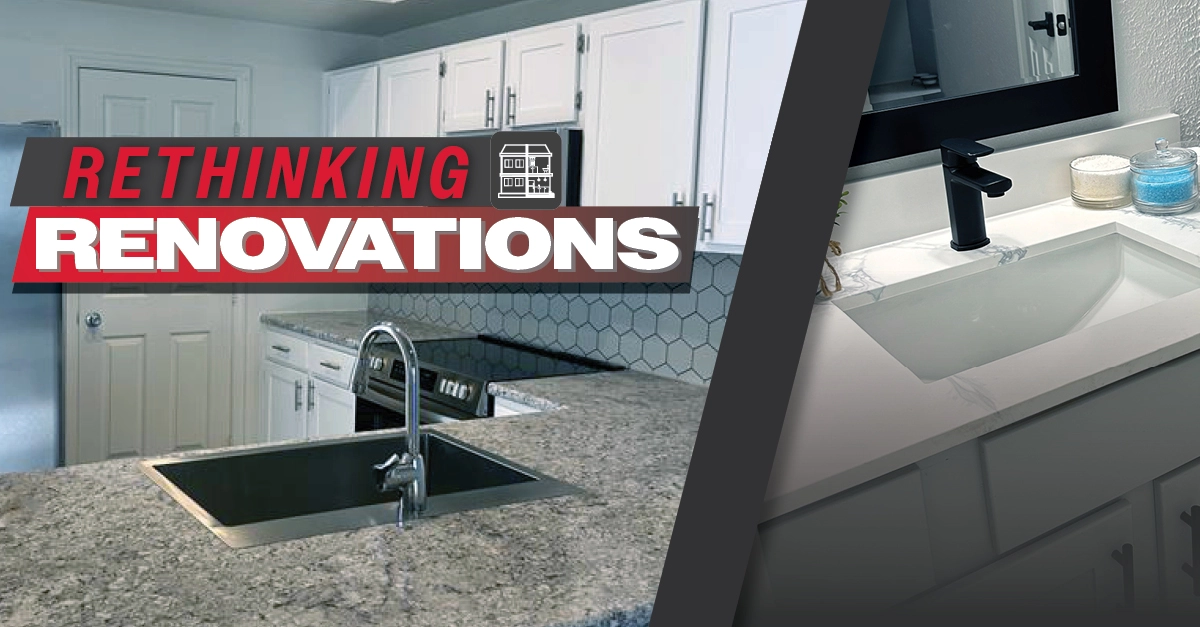Healthier Air, Happier Residents
Concern about indoor air quality continues to rise. More and more people are coming to realize that the air we breathe has a significant impact on our health and happiness. And, as we all spend more time inside homes and offices, we’re all more conscious of how indoor air quality makes us feel.
Think about the last time you walked into a room
and a strong odor hit you right in the face…
Good or bad, the air in that space made an immediate, noticeable difference in how you felt. The health effects of indoor air quality may not be so obvious, but they are every bit as impactful. According to a 2020 study conducted by Broan Nutone, 4 out of 5 Americans experience one (or more) of these physical or environmental signs of poor indoor air quality:
- Bathroom mirror fogging up during showers
- Allergy symptoms such as coughing, sneezing, or watery eyes
- Heating/cooling costs higher than they should be
- Lingering food odors, sometimes hours after cooking
While many people can relate to these symptoms, most don’t directly connect them to the health impacts of poor indoor air quality. But they feel it… and they will remember how they feel when telling others about their home—and when renewal time comes around. By following a few easy steps and offering a few simple reminders, maintenance teams can help their residents feel healthier and happier every day.

Indoor Air Quality Check
Performing these four simple Preventative Maintenance checks will ensure residents and support teams are breathing easier and feeling healthier in every unit and all shared spaces across the property.
RANGEHOOD
- CHECK: The range hood is venting properly, and the filter is free of dust, grime, and grease. Clean filters reduce odors and potential fire hazards due to grease buildup.
- TIP: Aluminum filters can be cleaned with a kitchen-safe degreaser such as Power-O (#352010); charcoal filters cannot be cleaned and should be replaced every 90-120 days.
BATHROOM FAN
- CHECK: The bathroom fan is in good working order and venting properly. This will reduce mold, mildew, and odors that can cause health issues.
- TIP: Run the bathroom fan during a shower or bath and keep it running for about 20 minutes after to increase air circulation and clear humidity out the room.
HVAC SYSTEM
- CHECK: The A/C filter, replace every month to conserve energy and ensure system operation.
- TIP: Match the MERV filter rating to the HVAC unit to achieve a good combination of filtration and system performance.
WINDOWS
- CHECK: For condensation on windows and seals, wipe off to avoid mildew and mold growth.
- TIP: Use a dehumidifier, especially in common areas, and run ceiling fans to promote better circulation.

Reminders for Residents
Air pollutants may build up over time, so health impacts are not always immediate or obvious. Communication is key to maintaining healthy indoor air quality. When residents share concerns about their indoor air quality, suggest these 4 tips that will help them breathe easier and feel healthier.
TIP #1 — Controlling humidity or steam in the kitchen is important to maintaining healthy indoor air. Using the range hood to remove excess humidity will cut down on mold and mildew build-up in the kitchen, which can spread to other rooms. Turn on the range hood above the stove any time you are:
- Boiling water
- Cooking soups or stews
- Pan-frying on the stovetop
- Using hot water to hand wash dishes
Turn the rangehood on about five minutes before cooking to get air flowing. Leave it on for about 30 minutes after cooking to remove any lingering odors, smoke, and other pollutants.
TIP #2 — Weather permitting, when you’re home, open the windows to allow fresh air into the space. This kind of natural ventilation is one of the best ways to reduce indoor air pollutants.
TIP #3 — Dust, pollen, and other unhealthy particles can seriously impact indoor air quality. They can cause sinus irritation and may trigger allergic reactions.
- Make sure the A/C filter is changed as recommended
- Run the air handler or furnace throughout the day to keep air circulating
TIP #4 — Use the proper cleaning chemicals for every job. Use chemicals ONLY as directed and wear proper protective equipment, such as masks and gloves.
- ALWAYS ensure adequate ventilation and air circulation
- ALWAYS clean smaller areas, such as bathrooms, with the door open
- NEVER mix chemicals not designed to be combined
- NEVER use higher concentrations than recommended
Preventive Quick Check
Chadwell Supply has created a Preventive Maintenance Quick Check guide to help maintenance teams stay on top of routine maintenance in a way that will:
- Reduce emergency calls
- Save time and money spent on more costly, time-consuming repairs
- Identify small problems before they become big trouble
Check out the full breakdown here or download the unit checklist here.
![]()
DID YOU KNOW?
Indoor air may be up to 5 TIMES more polluted than outdoor air! Symptoms of health problems associated with poor indoor air quality include:
- Ear, nose, and throat irritation
- Headaches
- Dizziness
- Fatigue
- Respiratory illness
- Heart disease






